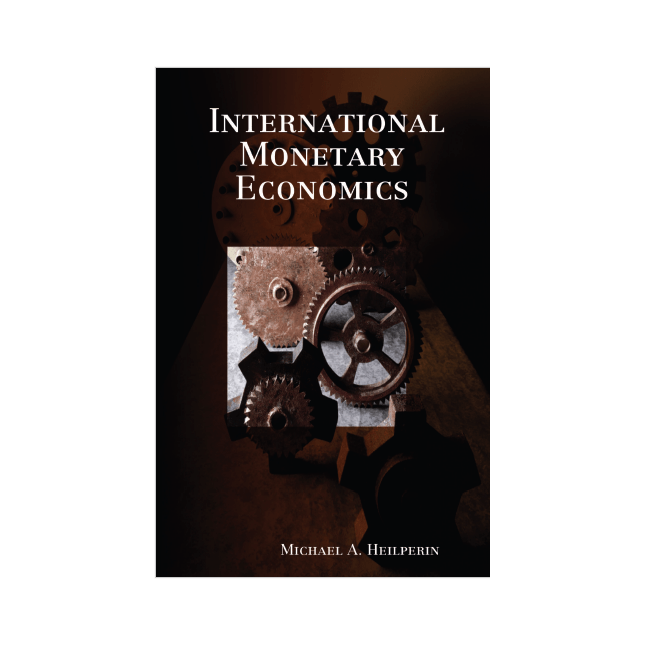INTERNATIONAL MONETARY ECONOMICS.
nternational Monetary Economics presents a brief introduction to the major topics of the subject area together with an analytical framework that is designed to facilitate a better understanding of international monetary economics.
The text concentrates on concepts and relationships involving exchange rates and balance-of-payments magnitudes; the construction and manipulation of a small but versatile model of exchange rate and balance-of-payments behavior; and the description of current and prospective arrangements for multicountry cooperation in Europe and elsewhere.
These broad topics are arranged in three main parts. In Part I the author presents basic concepts and a historical perspective on the US and global economy, with emphasis on the evolution of international monetary institutions since 1800.
Part II introduces the basic analytical model — usable with fixed and floating exchange rates, in which capital mobility is complete, real exchange rates are variable, and investment spending is endogenous. In addition, there is a relatively long chapter devoted to dynamic analysis with rational expectations.
And finally, Part III contains three chapters on policy, including a full chapter on the European Monetary System, making this text ideal for both economic and finance courses that specifically focus on international economics.




Reviews
There are no reviews yet.